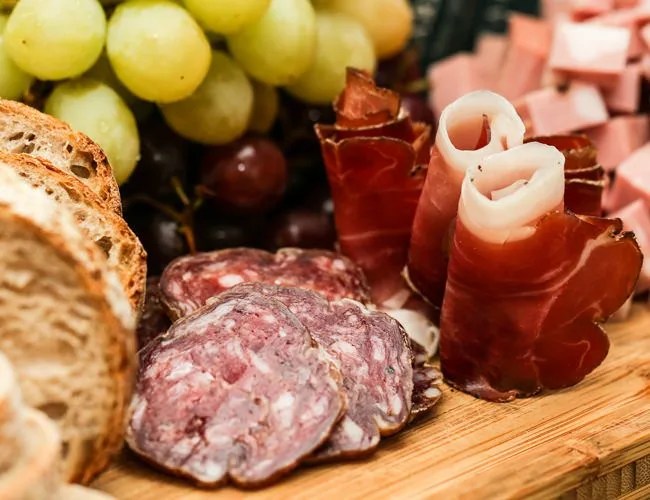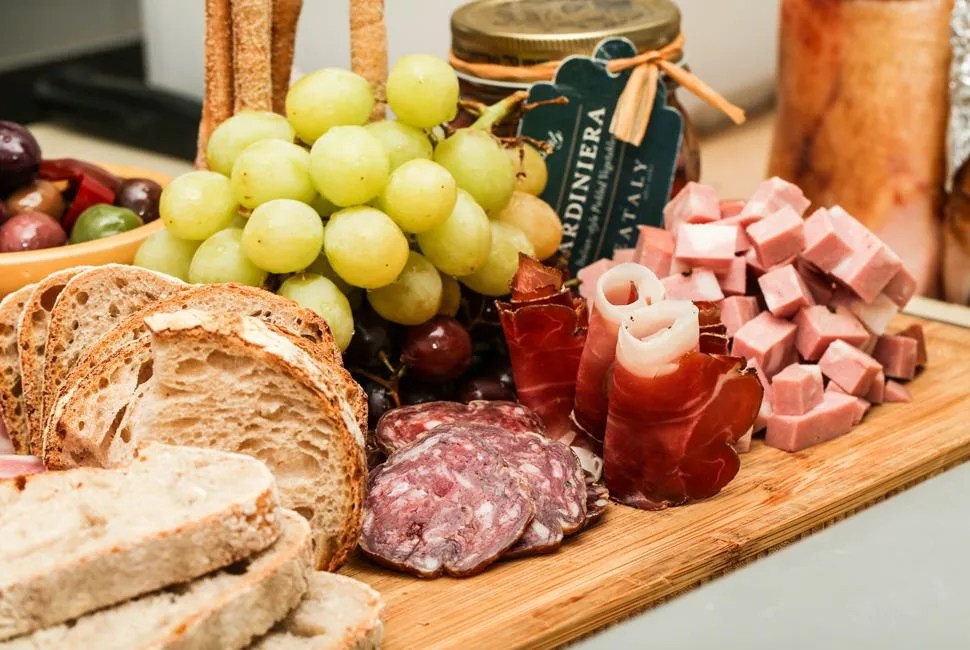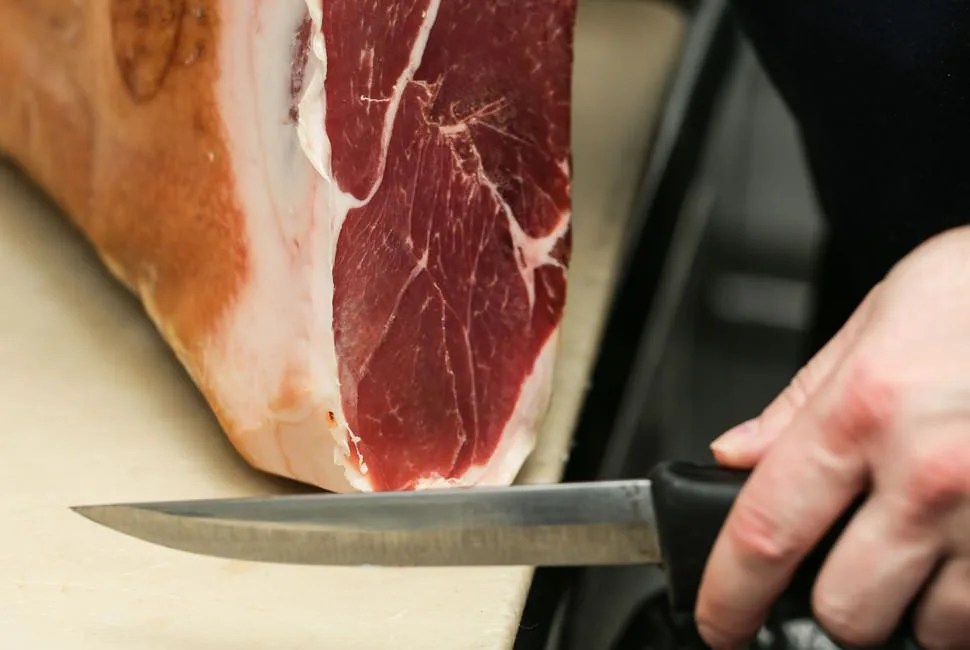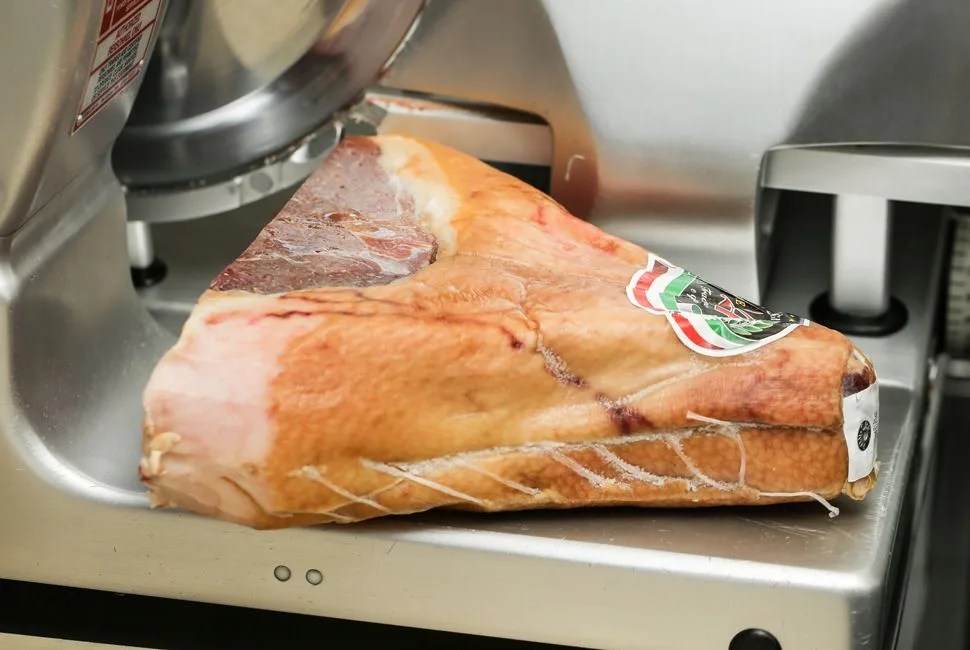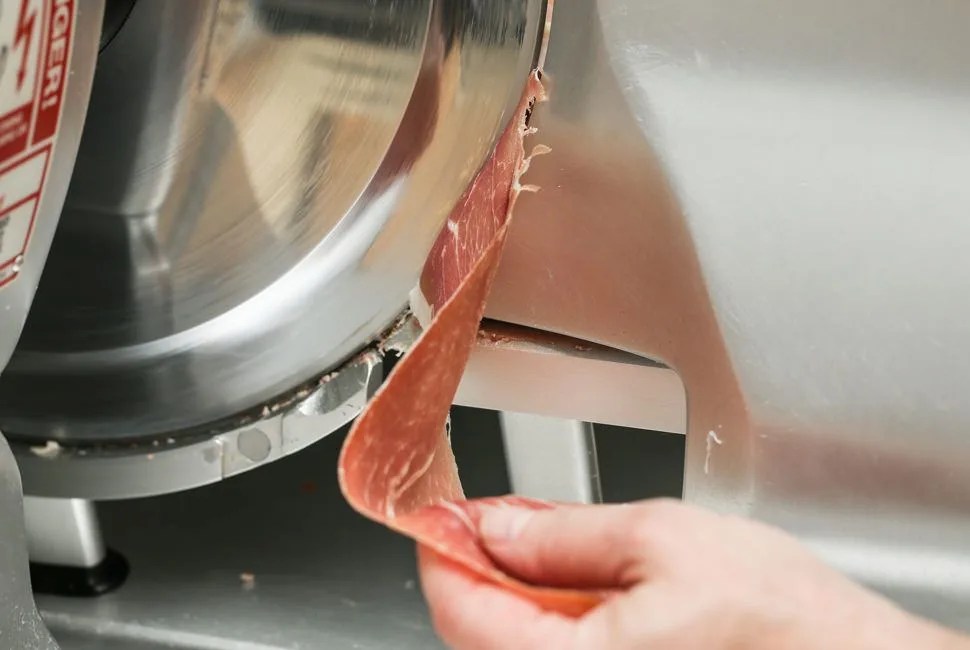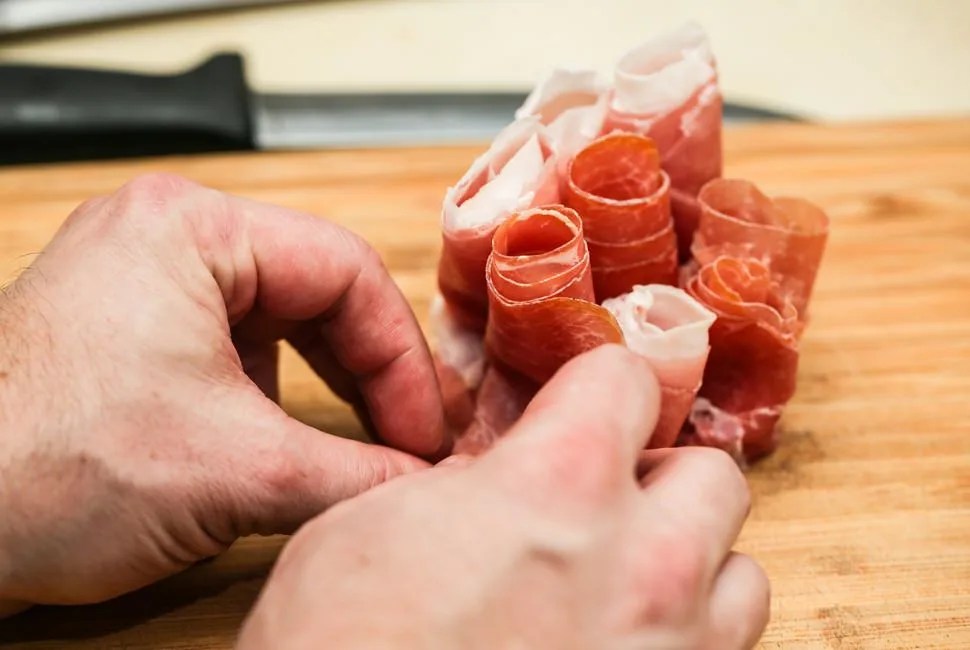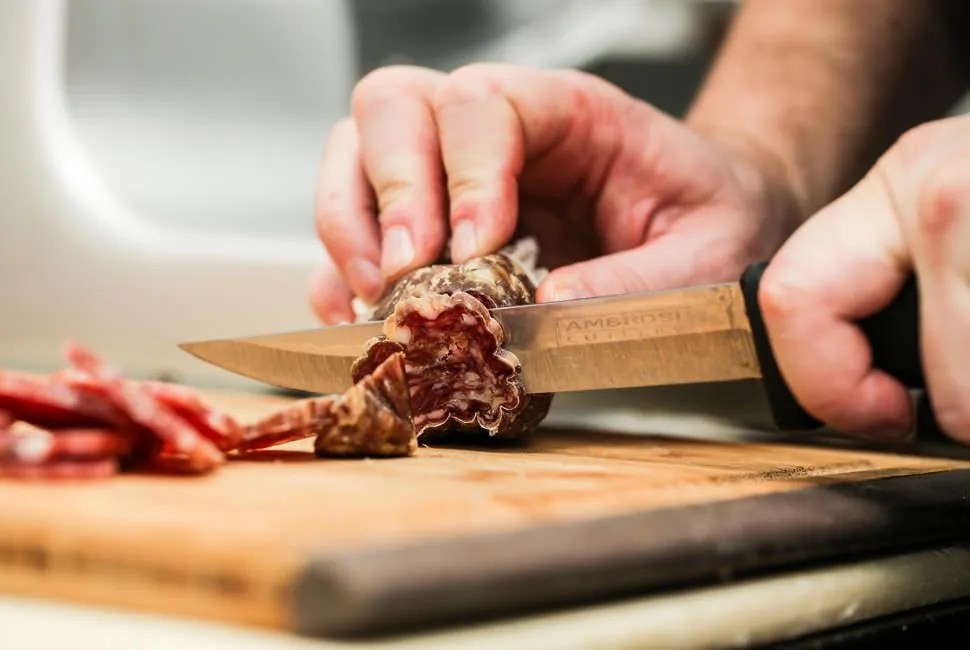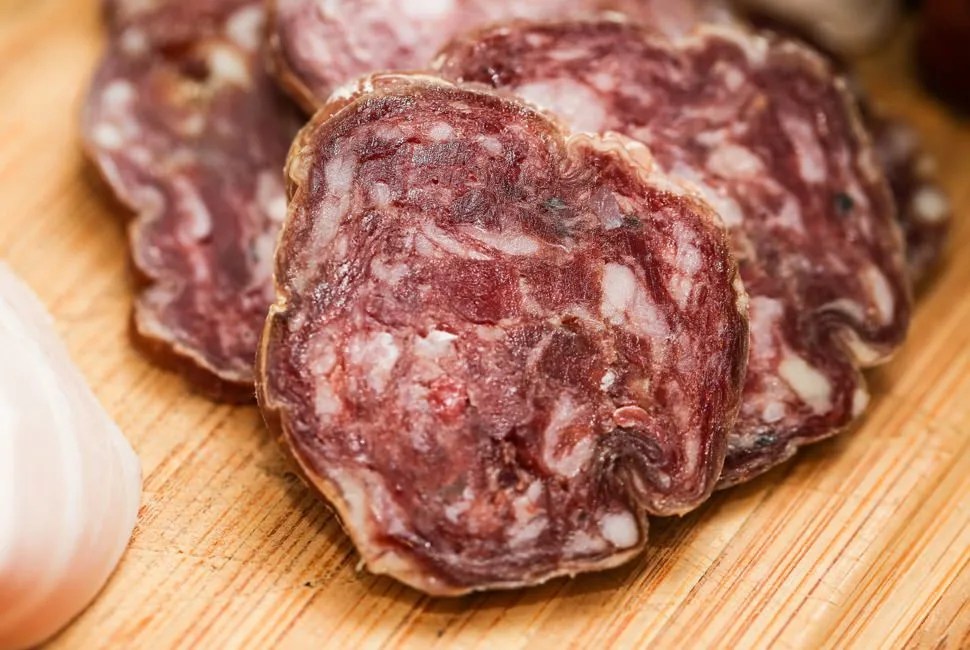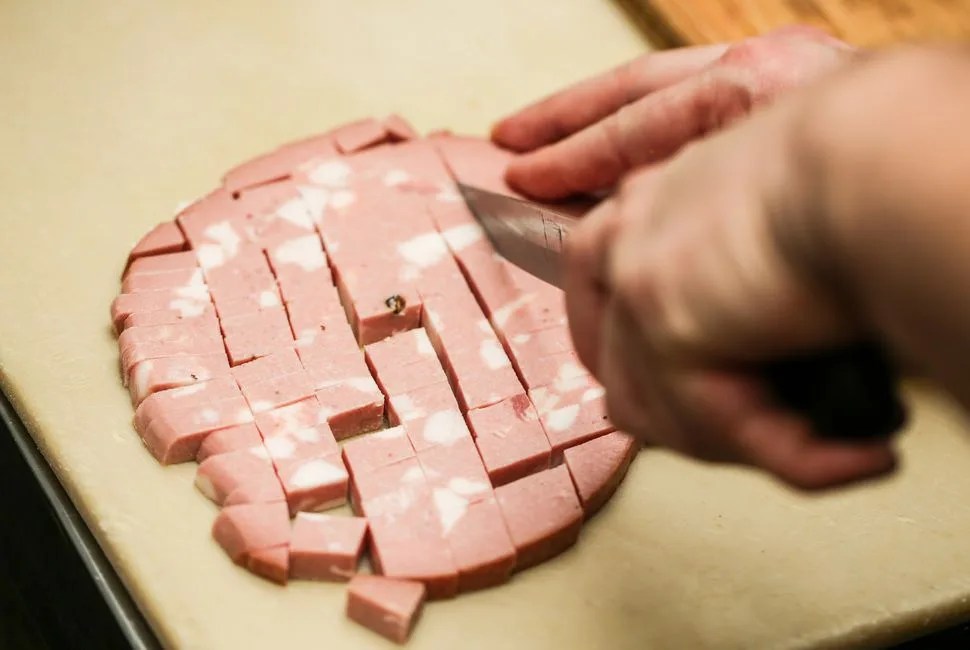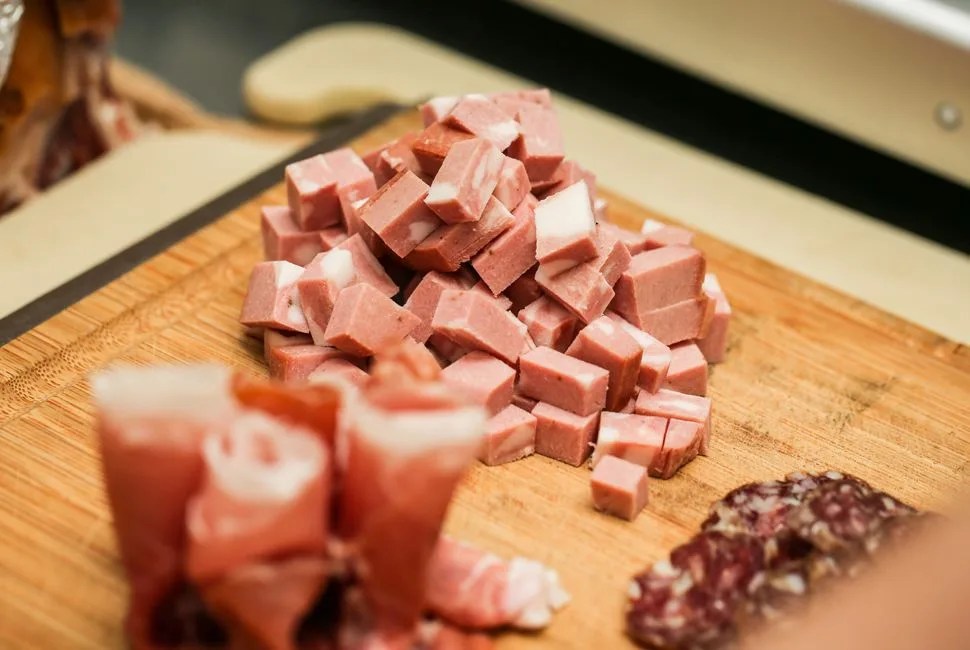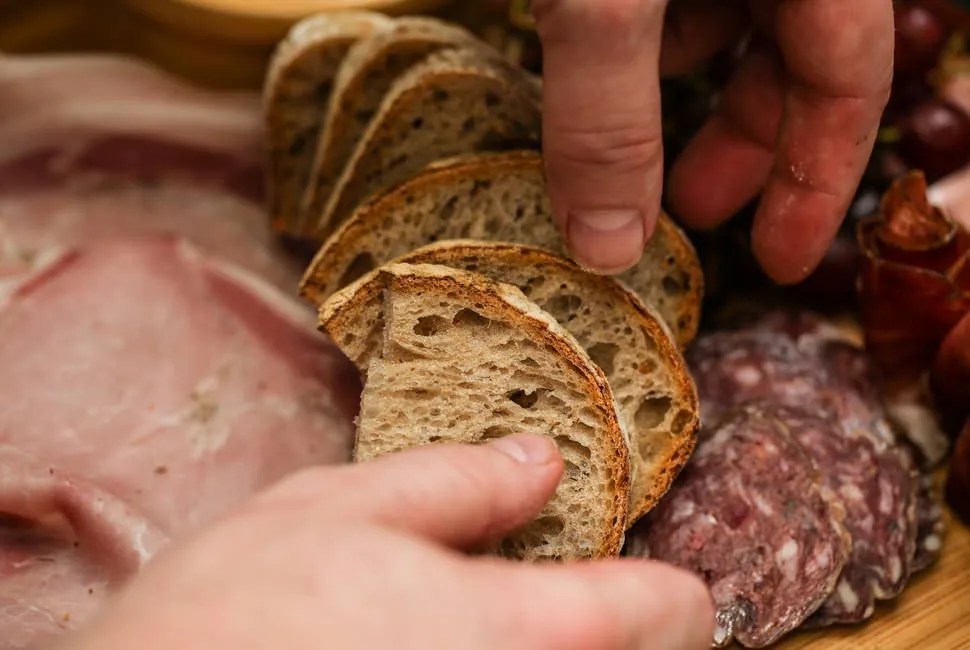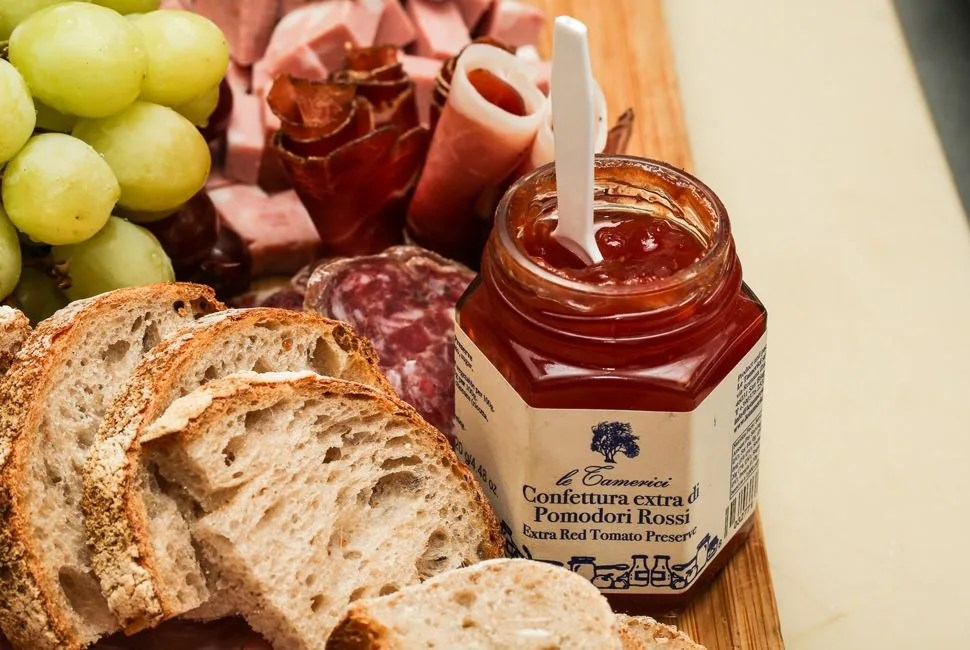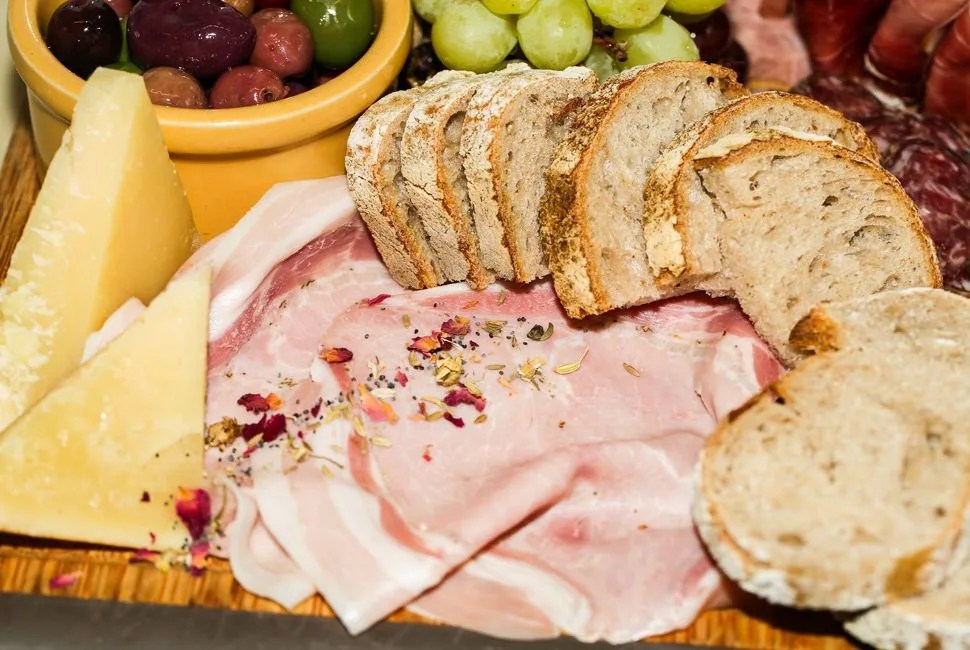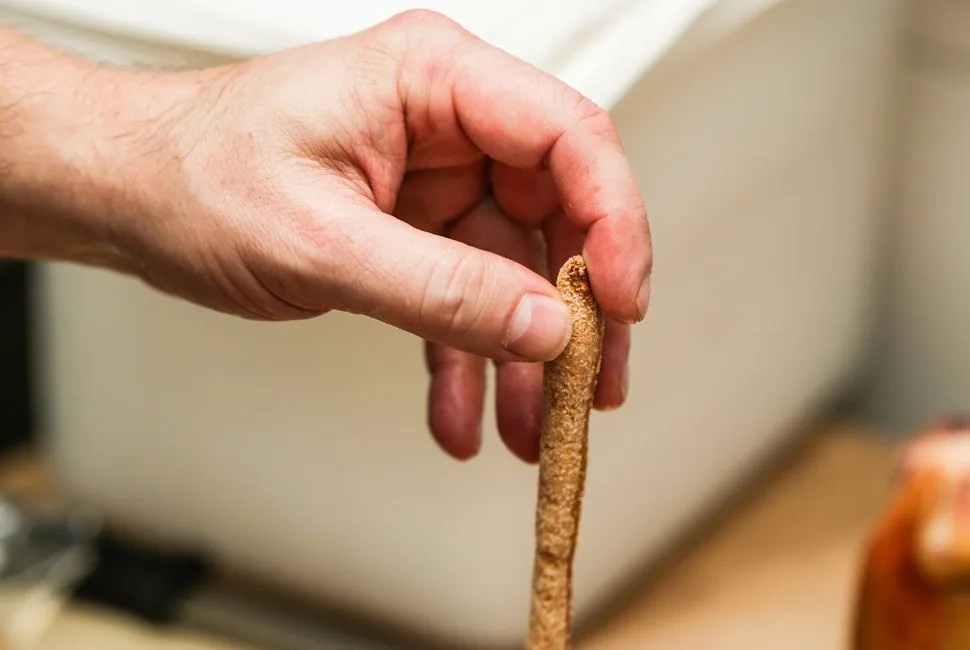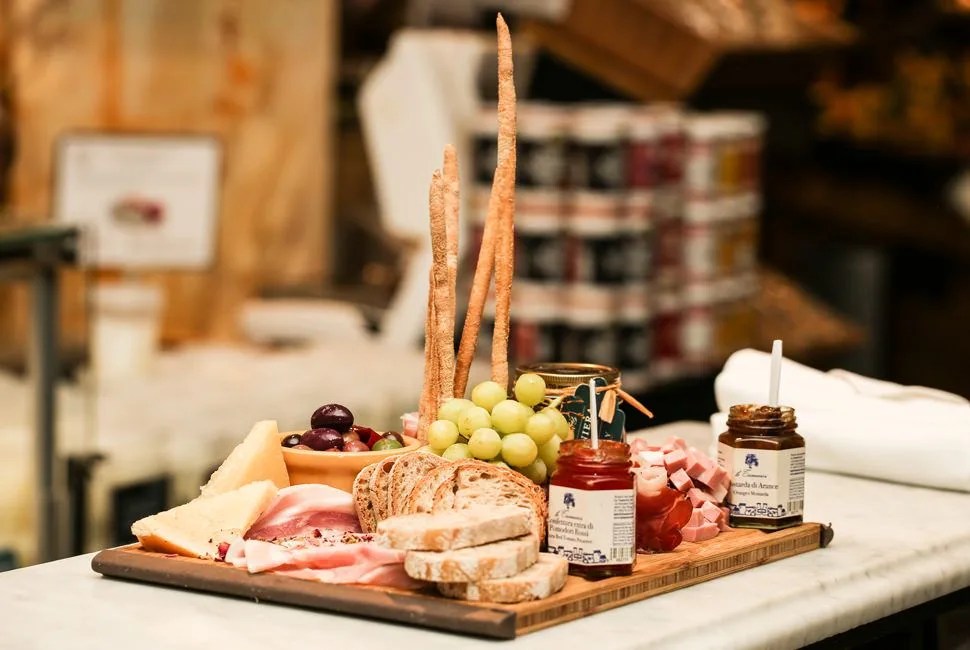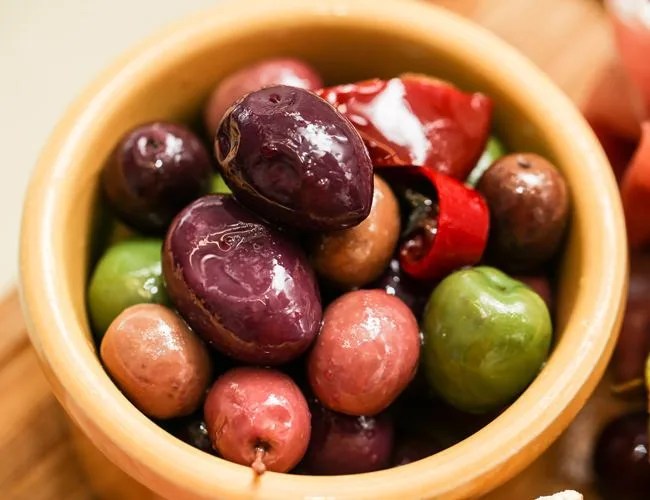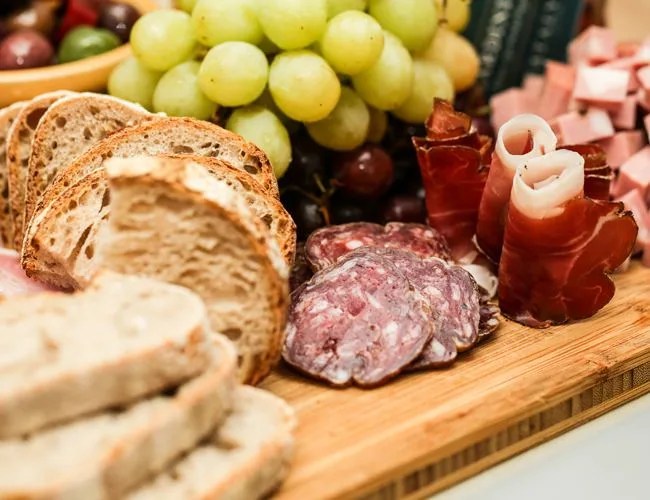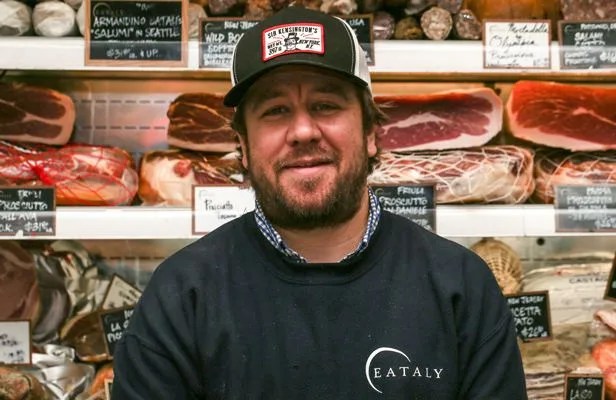15 photos
Last Updated November, 2017.
On the surface, a charcuterie plate seems like a simple hors d’oeuvre. After all, there’s no cooking involved — just take some deli meat and throw it on a cutting board and call it a day, right? Wrong. For a charcuterie plate to stand out and have a well-rounded selection, some serious thought and preparation is required.
In the vast world of charcuterie, it’s good to have a guide. For that reason I spent some time with Greg Blais — a salumi (meat) and formaggi (cheese) expert at Eataly NYC. Blais gave me a lesson in putting together a masterfully crafted plate of meat, and the time I spent with him revealed it isn’t as hard — or as easy, for that matter — as it may seem. Knowing a few basic rules will help any novice curate a meat board that is balanced, unique and bound to impress.
Meats
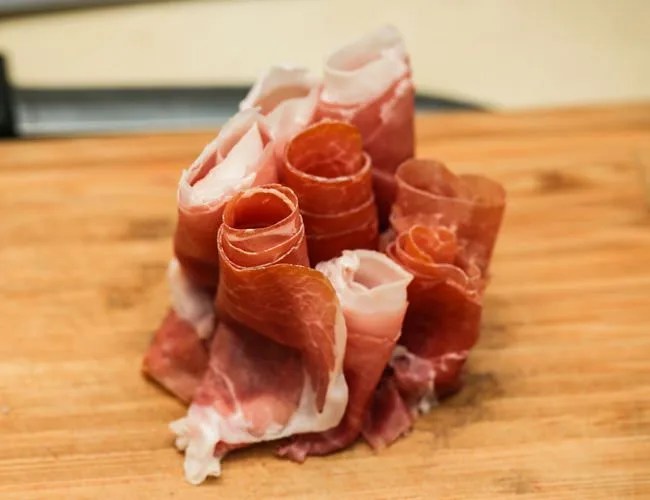
Build Around Prosciutto
When starting a board it’s essential to consider how many people you’ll be serving. Greg says this breaks down the overwhelming nature of choosing from a large selection of meats, and it will help focus attention on how many meats to pick out and how much to buy. “No one is going to eat a pound of everything…we don’t push too much on anybody because it’s not about overfeeding everybody, it’s about them enjoying it,” he says. Let your butcher know how many people you’ll be serving and they’ll cut the right amount of meat for you — two or three ounces of meat per person should cut it.
When choosing the meats themselves, Greg recommends one solid starting point: prosciutto. Use it as the pillar of your plate and move on from there. Greg recommends having a balance between crudo (cured raw) and cotto (cooked meats). Cured meats — like prosciutto crudo, capicola and sopressata — are raw and cured with salt. Using too many crudo meets can be overwhelmingly salty, so adding cotto meats — like mortadella and cooked hams — helps maintain balance.
Greg also believes diversity is important, both in mouthfeel and flavor. To keep mouthfeel diverse, have meats that work well at different thicknesses. Greg cut up our prosciutto and speck thin, but rather than having thin strips of mortadella, he cut them up into thick chunks. Mortadella, Greg notes, is another staple of charcuterie platters. For diversifying the flavor profile, pick some meats with some kick to them. “Put spicy capicola, spicy sopressata or calabresse with red pepper in there and that’s good for heat,” says Greg, but don’t overdo it. “You don’t want to do too much of anything or too little of anything.”
